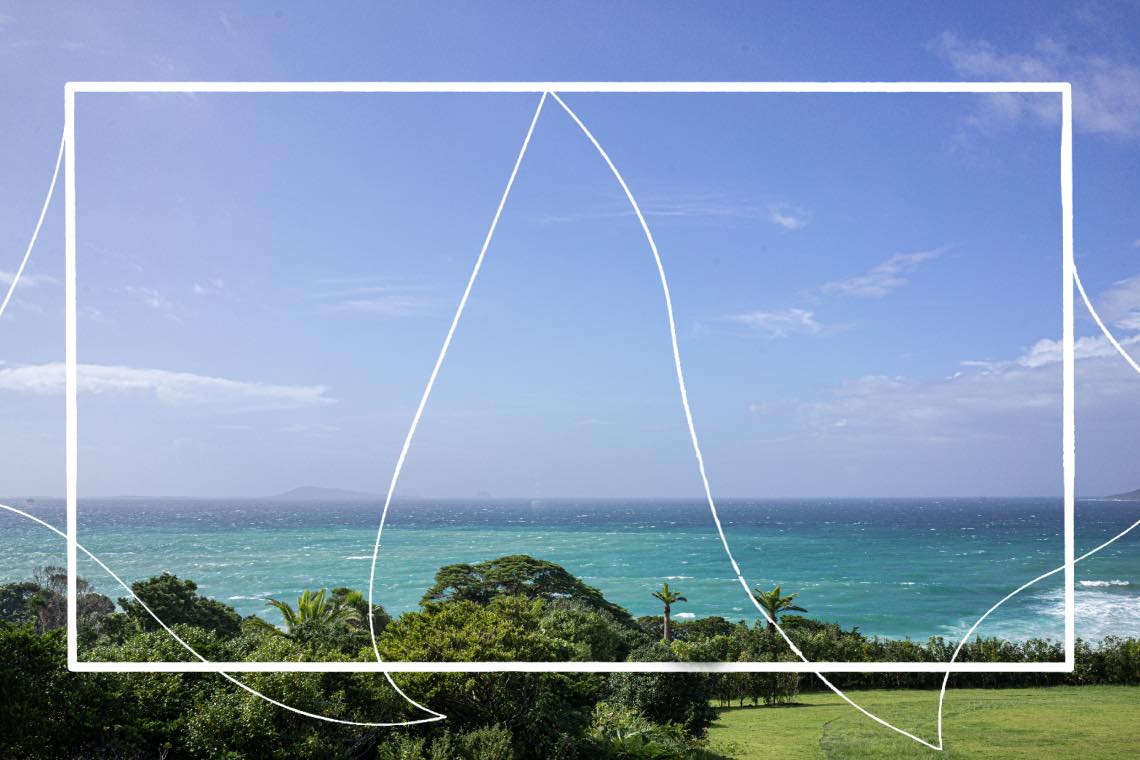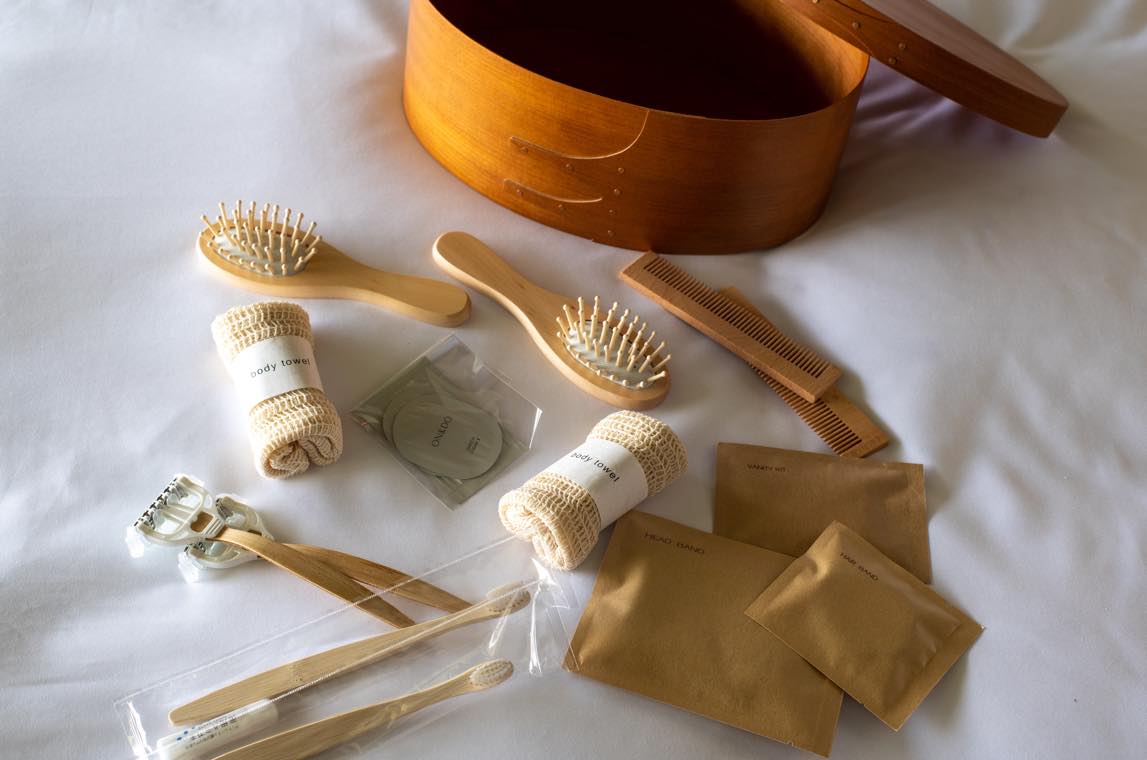design
design
Interior design by Yukio Hashimoto.
Crafts by local artists, such as glass from Rurian.
The designs and products that adorn the spaces of ray each inherit the memories of Goto and Nagasaki.
And, polished by the hands of craftsmen who bring their skills to shine today, they give us a unique insight into this region.
Interior design by Yukio Hashimoto.
Crafts by local artists, such as glass from Rurian.
The designs and products that adorn the spaces of ray each inherit the memories of Goto and Nagasaki.
And, polished by the hands of craftsmen who bring their skills to shine today, they give us a unique insight into this region.
design & architecture
Design and Architecture
the view

the view
Yukio Hashimoto, who designed and designed the interior, set “The view” as the theme.
The view of the endless beautiful seascape and the sea breeze that embraces your body. The dynamic and majestic nature of Abumise takes center stage in the design of the hotel.
Incorporating and blending with the beautiful nature of Gotō
Blending and blending with the nature of Gotō
Becoming one with nature
The sea of Gotō, the wind of Gotō
Ren sazanami
Ren sazanami
五島の海にゆらめく漣(さざなみ)を、建物内にも投影する。
ゲストを出迎える吹き抜けのロビー。壁には鈍い鏡面のアルミパネルの装飾が施され、真ん中のビッグテーブルにはレジンが流し込まれており、外部の景色を内に取り込み、ぼんやりとその日の海や空の色が滲み出します。
一部の客室と、ホテルへのアプローチ部分に設置されている水盤。時間帯によって、壁や天井に光の煌めきが投影され、美しい漣のトンネルを作り出します。
local crafts
Local Light
glass
Rurian era (1260.4.13-1261.2.20)
Reviving Nagasaki’s Glass Culture.
Shining handcrafts connected by small workshops.
glass
Rurian era (1260.4.13-1261.2.20)
Reviving Nagasaki’s Glass Culture.
Shining handcrafts connected by small workshops.
元亀元年(1570)の開港以降、ポルトガル貿易港として繁栄した長崎では、教会など西洋の建物が立ち並び、ステンドグラスなど様々なガラス製品が輸入されました。
そんな日本のガラス文化のルーツともいえる長崎の地で、工房を営む「瑠璃庵」とコラボレーションし、客室やレストランで使用するグラスや器を制作。目には見えない光を捉え、きらりと輝く繊細なガラスの作品。実際に手に取り、その美しさを感じてみてください。
pottery
Saikai Toki (Hasami-ware)
伝統的な遺産を現代のコンセプトで
革新するテーブルウェア

pottery
Saikai Toki (Hasami-ware)
伝統的な遺産を現代のコンセプトで
革新するテーブルウェア
Saikai Toki Co., Ltd. produces Hasami-yaki pottery plates and cups to decorate guest rooms.
The Kodama family, which has been practicing ceramics in Hasami-cho, Nagasaki for generations, started a pottery peddling business with a wheeled cart in 1946, just after the end of World War II. The trading company that was established 11 years later is today’s Saikai Toki.
The HASAMI PORCELAIN tableware used in guest rooms was developed jointly by Saikai Toki and designers. The modern design is suitable for both special occasions and daily use, and is a fitting addition to modern life.
room amenities
Shaker box reminiscent of a church
自然由来のものを採用した
プラスチック削減

room amenities
Shaker box reminiscent of a church
自然由来のものを採用した
プラスチック削減
Amenities are housed in a shaker box reminiscent of a church, and include cleansing oil, lotion, and cream from the ON&DO beauty brand, which contains camellia essence from Goto, while toothbrushes and other products are made from natural sources, in an effort to reduce plastic In addition, all the electric power used in the hotel is recycled. In addition, all electricity used in the hotel is supplied by renewable energy sources, and as a hotel located in the Saikai National Park, we aim to create a nature-friendly hotel.
letterpress
Ojika Island Letterpress
「活版には色気がある」
百年続く印刷所が紡ぐ伝統の文字。
letterpress
Ojika Island Letterpress
「活版には色気がある」
百年続く印刷所が紡ぐ伝統の文字。
Ojika Island is located at the northern tip of the Goto Islands. On this small, remote island in Nagasaki, there is a letterpress printing shop called “Shinkosha” that has been in business for more than 100 years.
Along with gunpowder and the compass, letterpress printing is said to be one of the three greatest inventions of mankind. This is a printing technique unique to the olden days in which a plate is made by combining “type” engraved with letters and symbols like a stamp, and ink is applied to the plate to print. The printed surface is uneven to the touch, giving it an exquisite taste and a look that is the result of a great deal of time and effort.
Currently, the fourth generation of “Jinkosha” has opened a workshop as “OJIKAPPAN” and is working to convey the charm of letterpress printing to the modern age. In collaboration with OJIKAPPAN, the hotel has prepared an original letter set. As a hands-on activity, you can send a “letter to the future.
Printed on the letterheads are the view of Onidake and the starry sky of Gotō from the hotel, as well as the word “goto. The letterhead is a one-of-a-kind design created using only letterpress components.
lava stone
Arikawa Ki Stone Store
敷地内から出土した
溶岩石を使ったアートワーク。
lava stone
Arikawa Ki Stone Store
敷地内から出土した
溶岩石を使ったアートワーク。
建設現場から掘り出された溶岩石をインテリアやアートワークとして使用。約5万年前に噴火した鬼岳から流れ出た溶岩は、長い年月を経て力強い大地となり、五島の人々の営みを支えているのです。時を経て現代の空間に現れた溶岩石は、太古の象徴でもあり、過去と今が地続きであることを感じさせてくれます。石の作品は、地域で石の加工業を営む「有川喜石材店」がひとつひとつ手作業で作り上げました。
エントランス前のひときわ大きな溶岩石は、現地から最後に掘り出されたもの。大胆にカットされた石は、時間を刻んできた元の岩(過去)に、これから新しく時間を刻んでいく面(未来)を与えました。一粒の水晶は、覗き込むと自分や周囲の景色を反転して取り込み、異なる世界を映し出します。
artworks
Art in the Museum
photo gallery
ray view
鐙瀬に降り立つ、
天使の梯子。

photo gallery
ray view
鐙瀬に降り立つ、
天使の梯子。
館内に飾られている3つの写真は、ホテルが建つ鐙瀬からの景色です。厚い雲の隙間から光がこぼれ落ち、海と空の間に幾つもの光の筋を描く。海面の煌きは、滑らかに海を駆けてゆく。
この現象は「天使の梯子」と呼ばれ、旧約聖書の創世記に由来します。イスラエル民族の始祖であるヤコブが夢の中で、天に通じる階段が現れ天使が行き来する光景を見たとされています。日本の詩人・宮沢賢治も「告別」という詩の中で、『光でできたパイプオルガン』と表現しており、いつの時代も見る者に神秘的な気配を感じさせる、美しい瞬間。遮るものがなく、地平線まで続く鐙瀬の空と海では、より一層ドラマティックな光景となって、目の前の海に現れるのです。
japanese paper artwork
wajue
伝統的な遺産を現代のコンセプトで
革新するテーブルウェア

japanese paper artwork
wajue
伝統的な遺産を現代のコンセプトで
革新するテーブルウェア
Interior designer Yukio Hashimoto employed washi paper as a material for artwork that expresses the sea and nature of Gotō. Daring to use a special paint that naturally cracks as it dries, modern washi paper depicts expressions that cannot be controlled by human hands. The artwork, featuring motifs of the sea, sky, and camellias of Gotō, evokes the organic and free nature of Gotō.















